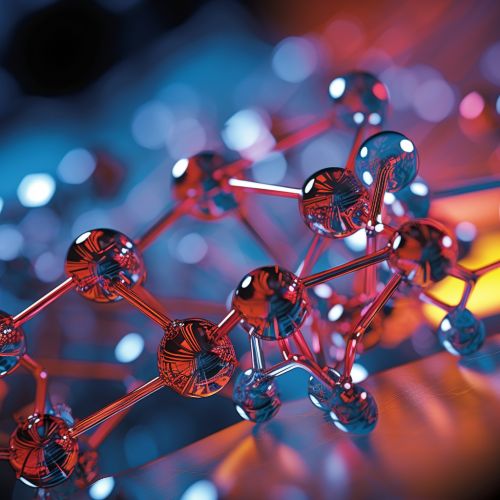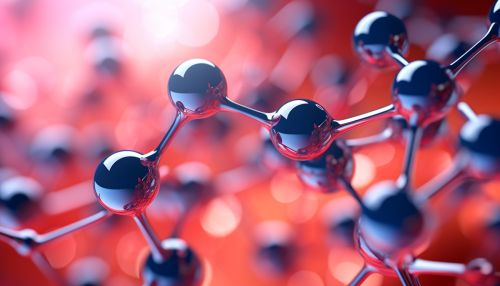Dihydroxyphenylalanine
Overview
Dihydroxyphenylalanine, commonly known as L-DOPA, is a naturally occurring dietary supplement and psychoactive drug. It is an amino acid that is made and used as part of the normal biology of humans, as well as some animals and plants. Humans, as well as a few other animals, are capable of converting L-DOPA into the neurotransmitter dopamine. In clinical use, it is administered in the management of Parkinson's disease and dopa-responsive dystonia.


Biochemistry
L-DOPA is produced from the amino acid tyrosine by the enzyme tyrosine hydroxylase. It is also the precursor molecule for the catecholamine neurotransmitters dopamine, norepinephrine (noradrenaline), and epinephrine (adrenaline). The conversion of L-DOPA into dopamine is catalyzed by the enzyme DOPA decarboxylase.
Clinical Use
L-DOPA is used in the clinical treatment of Parkinson's disease and dopa-responsive dystonia. It is also used off-label in the treatment of certain kinds of depression and anxiety disorders. L-DOPA crosses the protective blood-brain barrier, whereas dopamine itself cannot. Thus, L-DOPA is used to increase dopamine concentrations in the treatment of Parkinson's disease and dopa-responsive dystonia.
Side Effects
Common side effects of L-DOPA treatment include hypotension, especially if the dosage is too high. Other side effects include arrhythmias, nausea, psychosis, and behavioral addictions such as hypersexuality and gambling.
